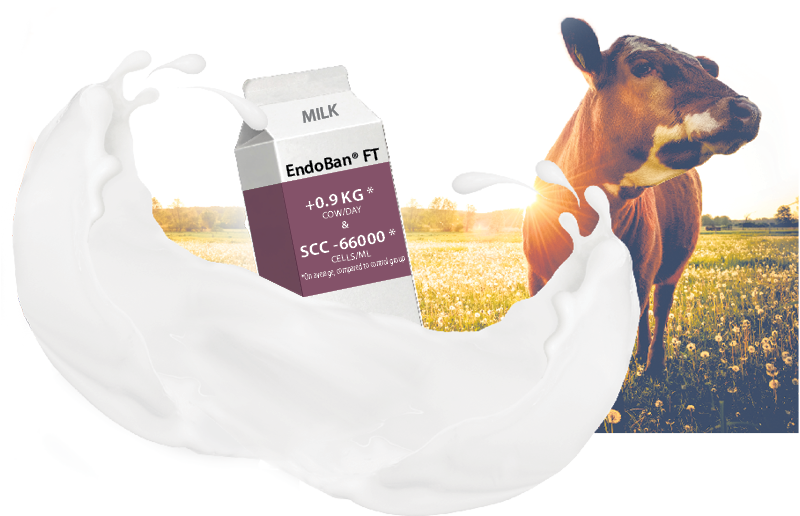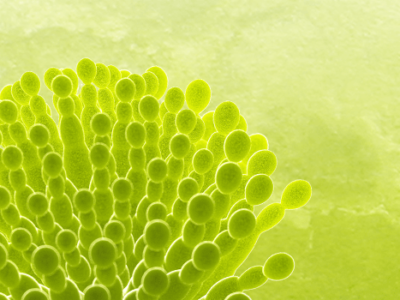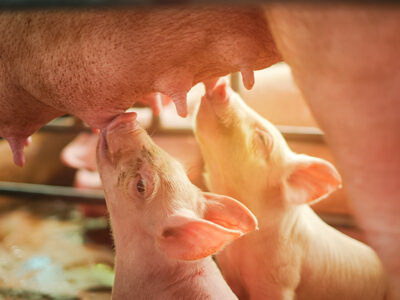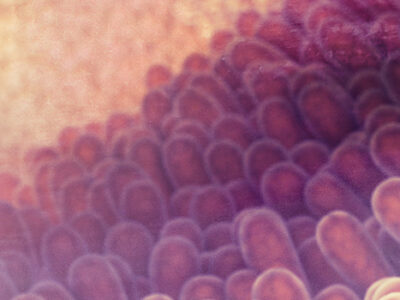Mastitis and LPS
Diet induced inflammation of the mammary gland
Economic impact of mastitis
Mastitis, a type of inflammation of the udder, is recognized as the most important production disease in dairy farming. Annually, 20 – 40% of all lactating cows experience one or more cases of clinical mastitis. Additionally, at any given time, 10 – 30% of all lactating cows on a farm have subclinical mastitis. Mastitis causes huge financial losses, typically due to reduced milk production and increased expenditures. The average total failure costs of mastitis are 166$ per cow per year. Therefore, prevention and control are crucial.
Cause of mastitis
In most cases, mastitis is caused by bacterial infections. These bacteria can originate from inside the mammary gland or from the environment. In recent years, however, it has been shown that endotoxins derived from the gastrointestinal tract can participate in the development or progression of mastitis. Indeed, when the integrity of the rumen and/or gut epithelium is impaired, endotoxins can enter the bloodstream. Most translocated endotoxins are transported to the liver where they are detoxified through the activity of Kupffer cells.
When the liver is overloaded with endotoxins, substantial amounts of endotoxins escape detoxification, and flow through the bloodstream into organs and tissues all over the body. Under these conditions, endotoxins can enter the mammary gland where the blood-milk barrier is an important line of defense. This barrier is a gatekeeper that controls the translocation of molecules between blood and milk. Circulating endotoxins can damage the integrity of the blood-milk barrier, by damaging the tight junction proteins. Disruption of this barrier allows for the transfer of excessive numbers of leucocytes or white blood cells into the milk, and lowers the ability of mammary epithelial cells to resist infection of external bacteria, thereby increasing the susceptibility to mastitis. Moreover, endotoxins (i.e. LPS) bind to TLR4, located on the mammary epithelial cells, and induce inflammation responses.
Somatic cell count: Key parameter of mastitis
Somatic cell count (SCC) is the key parameter in routine mastitis monitoring programs around the world. It is a measure of the number of somatic cells in one milliliter of milk. Somatic cells are a mixture of leukocytes (the majority) and epithelial cells shed from the udder (the minority). Gut-derived endotoxins have been found to be responsible for an increased SCC due to the enhanced migration of leucocytes into the milk and the locally produced inflammatory mediators in the mammary gland.
Prevention and control of mastitis
Mastitis is a complex and multifactorial problem. A simple solution for its prevention and control is not available. Prevention and control of mastitis relates to the elimination of the bacterial source of infection. Providing clean and dry living conditions, upholding strict hygienic milking procedures and udder care, properly maintaining milking equipment and implementing good insect control programs are the most important measures. However, other factors such as endotoxins should not be underestimated.

In recent dairy trials performed on a commercial dairy farm, a lower SCC, a higher milk yield and a better milk composition was observed for cows supplemented with EndoBan or EndoBan FT.
Indeed, circulating endotoxins have been shown to be an important factor in the development of mastitis. As cows are exposed to risk factors (e.g. heat stress, pathogens, mycotoxins, SARA) that increase the leakage of endotoxins into the circulation, it is recommended to supplement your dairy herd with EndoBan or EndoBan FT.
References are available upon request.



